From Concept to Reality: How Technology Transforms Home Construction
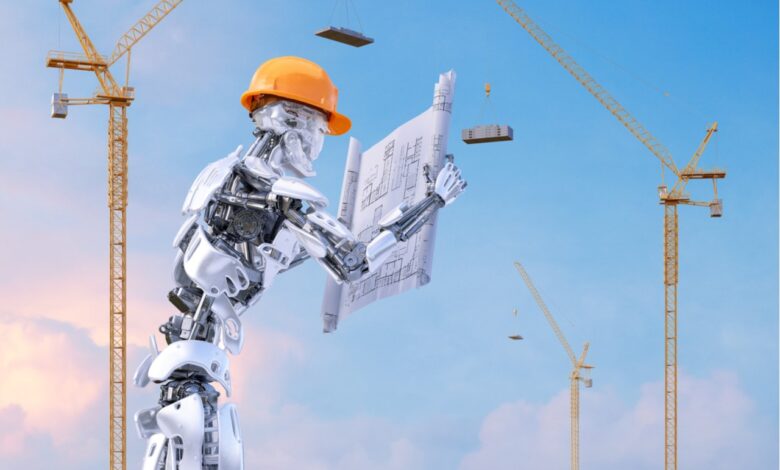
As digital advancements are sweeping across industries, the sector of home construction is not left behind. The manner we conceive, design, and assemble our residences is undergoing a radical shift, thanks to the embrace of cutting-edge technologies.
From tools enabling better visualization to innovations propelling sustainability, technology has pervaded every facet of home construction. This piece will escort you through the riveting journey of this transformation.
The Evolution of Home Construction
Traditionally, homes were erected manually, relying on craftsmen’s expertise and rudimentary tools. The process was time-consuming and required a considerable workforce. Over the years, though, innovations have revolutionized this arena.
Modern homes are not merely about bricks and cement but encompass a fusion of artistry, engineering, and advanced machinery.
This progression didn’t happen overnight. With the rise of industrialization and the digital age, the emphasis shifted towards optimization and efficiency. The introduction of newer materials, building techniques, and technology-based tools began reshaping the landscape of home build solutions. This wave not only brought efficiency but also expanded the boundaries of architectural creativity.
Key Technological Advancements in Home Construction
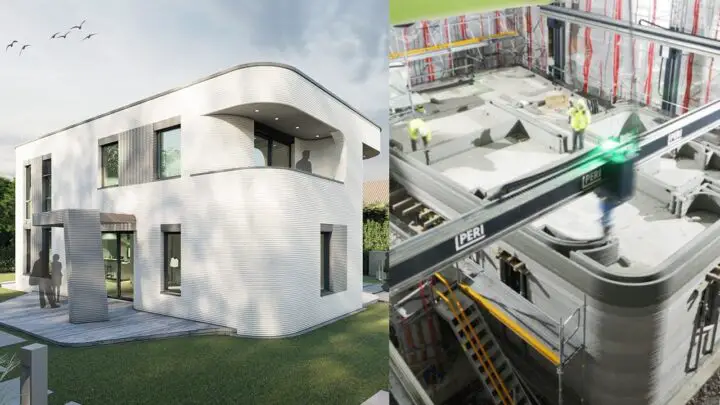
Advancements in technology have paved the way for new building techniques, materials, and tools. For instance, the invention of pre-fabricated components has reduced construction time, ensuring quicker assembly of homes. These components, made in controlled environments, ensure higher precision and reduce waste.
The realm of construction has also been greatly influenced by digital technology. Software applications now offer real-time monitoring, enabling builders to keep track of costs, timelines, and quality. With these tools in hand, it’s become feasible to manage vast construction projects with unprecedented efficiency, ensuring timely deliveries and maintaining budget constraints.
Digital Design and Planning Tools
Gone are the days of drawing plans on paper. The onset of digital design tools, such as CAD (Computer-Aided Design), has offered architects a platform to visualize complex structures with ease. These tools allow for intricate detailing, fostering a deeper understanding of the project before any physical construction begins.
Simultaneously, planning tools have transformed the way project managers and contractors approach construction. With software like Microsoft Project, teams can plan, allocate resources, and monitor progress seamlessly. It’s these digital interventions that have rendered the construction process more streamlined and error-free.
3D Printing
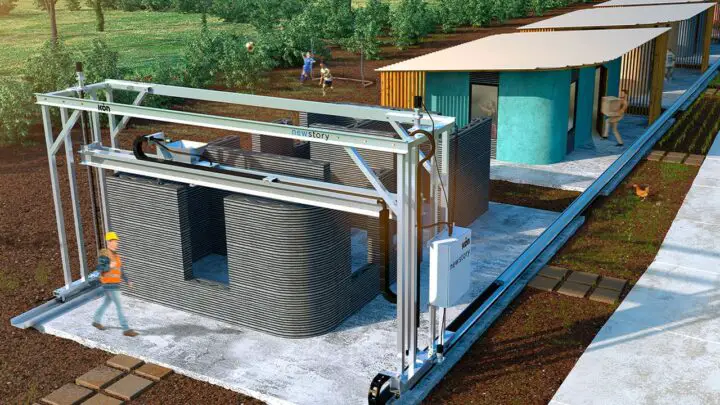
One of the groundbreaking innovations in the sector has been 3D printing. Initially reserved for smaller objects, this technology has now scaled up, aiding in constructing entire homes. By depositing materials layer by layer, 3D printing can craft precise, customized structures at a fraction of the traditional cost.
Apart from cost benefits, this approach offers unmatched design flexibility. Complex geometries, which were once considered challenging or impossible, are now achievable. This means architects can truly push the boundaries of design, leading to homes that are not just functional, but also artistically unparalleled.
Robotics and Automation in Construction
Robots are making a significant mark in the construction industry. Tasks that once needed a plethora of human hands, such as bricklaying, are now executed swiftly by robots. These mechanized wonders offer precision and can work round-the-clock, expediting the construction process.
The embrace of automation extends beyond robots. Automated machinery, like self-driving bulldozers and cranes, has started playing pivotal roles in construction sites. Such machines, guided by GPS and sensors, can perform tasks with higher accuracy, ensuring that the final structure aligns perfectly with the design blueprints.
Sustainable Building Technologies
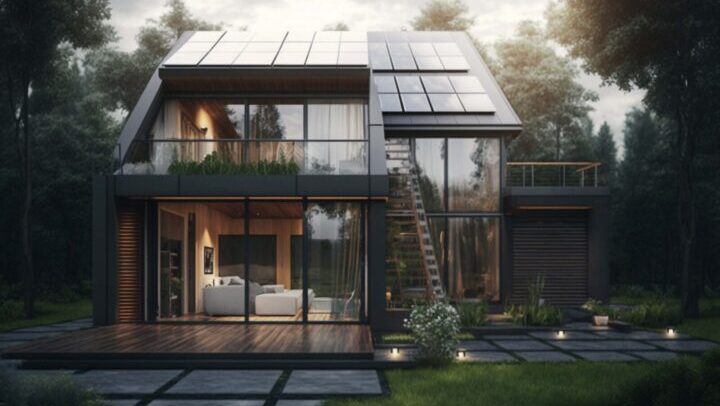
Today’s world emphasizes sustainability, and the construction industry is listening. New technologies aim to reduce the environmental footprint of homes. Innovations like solar tiles and green roofs are not just eco-friendly but also enhance the aesthetic appeal of residences.
Thermal insulation technologies, efficient water management systems, and eco-friendly building materials are other significant strides in this direction. These solutions not only make homes more sustainable but also lead to considerable savings in terms of energy costs, underscoring the dual benefits of technology and sustainability.
Smart Homes and IoT Integration
The contemporary home is more than a shelter; it’s a connected entity. The rise of IoT (Internet of Things) devices has transformed residences into smart homes. From voice-controlled lights to refrigerators that order groceries, today’s homes are brimming with intelligence.
This shift to smart homes goes beyond convenience. Integrated systems provide enhanced security, energy efficiency, and health monitoring. As devices continue to communicate and learn from each other, the future home promises to be a place that anticipates our needs, offering an unparalleled living experience.
Building Information Modeling (BIM)
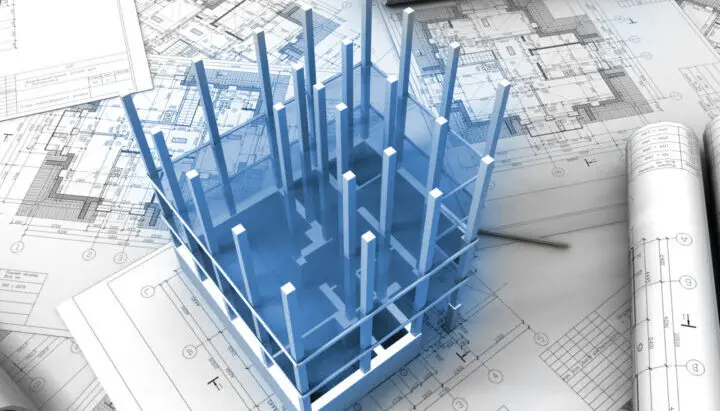
BIM is much more than just a design tool; it’s a comprehensive approach that integrates information about every aspect of a building. Through 3D modeling, BIM offers a dynamic view of the construction process, enabling architects, engineers, and builders to collaborate efficiently.
By simulating the entire building process, BIM aids in identifying potential issues before they arise. This proactive approach reduces costly on-site changes and rework, ensuring that the final structure is both robust and in line with the original vision.
Challenges and Barriers to Adopting Technology
Despite the numerous benefits, the adoption of advanced technologies in construction isn’t devoid of challenges. One primary barrier is the significant upfront investment required for new machinery and training. Small and medium-scale builders, particularly, find this transition financially daunting.
Beyond the financial implications, there’s a skills gap. The current workforce, accustomed to traditional methods, requires intensive training to harness new technologies effectively. As the industry evolves, bridging this gap is essential to ensure that the benefits of technology are truly realized.
Future Trends in Home Construction Technology
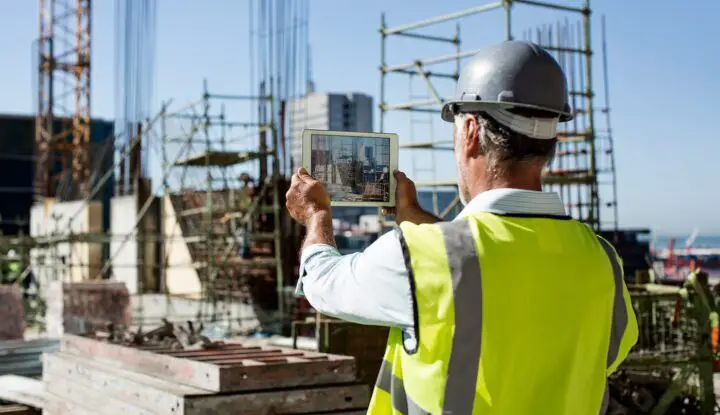
As we peer into the future, we can anticipate even more profound changes. Augmented Reality (AR) and Virtual Reality (VR) will likely play crucial roles, enabling stakeholders to ‘walk through’ a design before any construction starts. This immersive experience will foster better decision-making and design modifications.
On another front, the integration of AI and machine learning promises smarter construction sites. These technologies will predict potential issues, optimize resource allocation, and ensure that projects stay on track. With such exciting prospects on the horizon, the next chapter of home construction seems both promising and exhilarating.
Final Thoughts
The voyage from a concept to a tangible home has witnessed a paradigm shift due to technology. These innovations promise not just efficient construction but homes that resonate with our modern-day needs and aspirations.
As we stand on the cusp of further technological evolution, one can only imagine the wonders the future holds for home construction.

